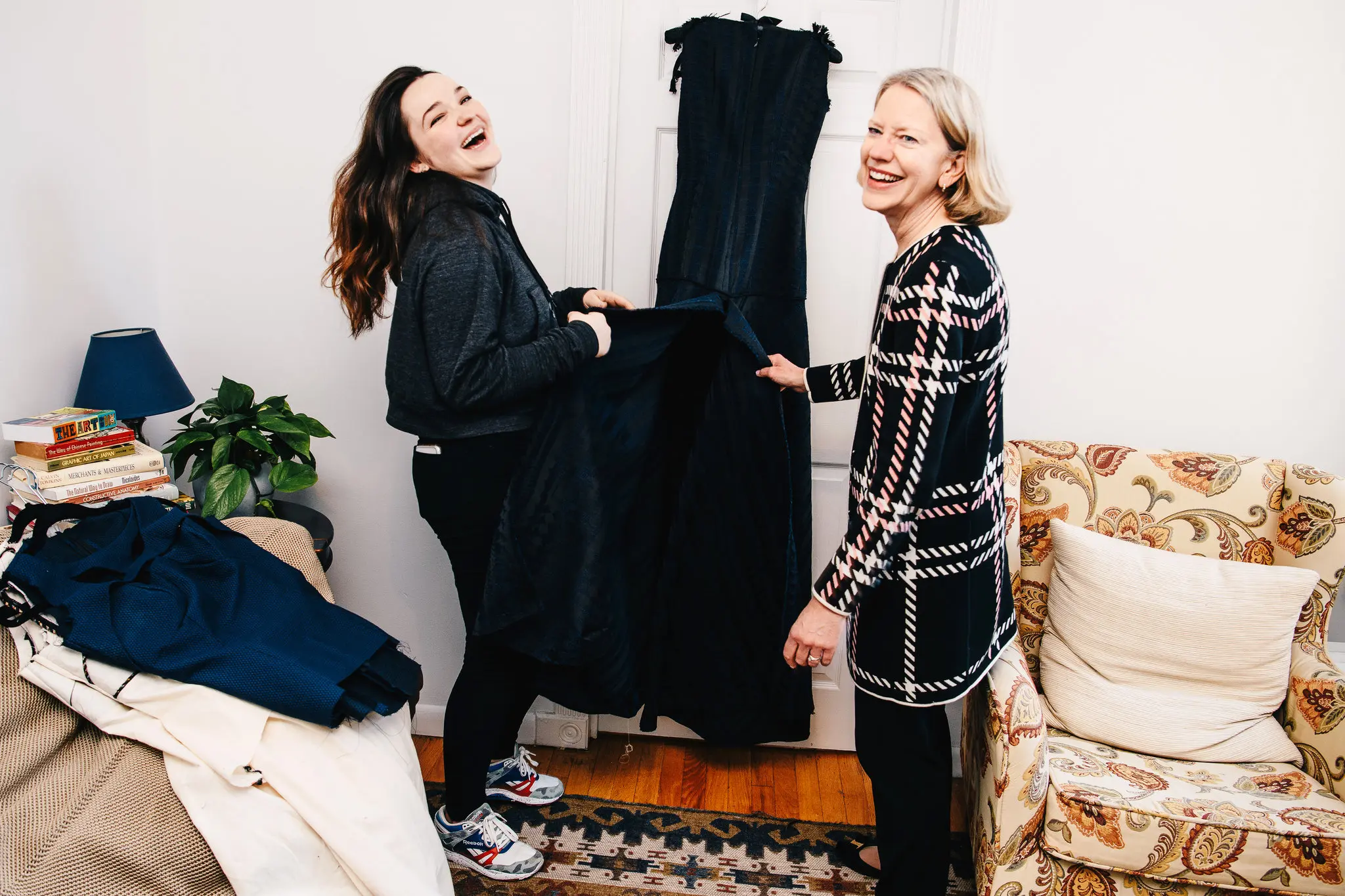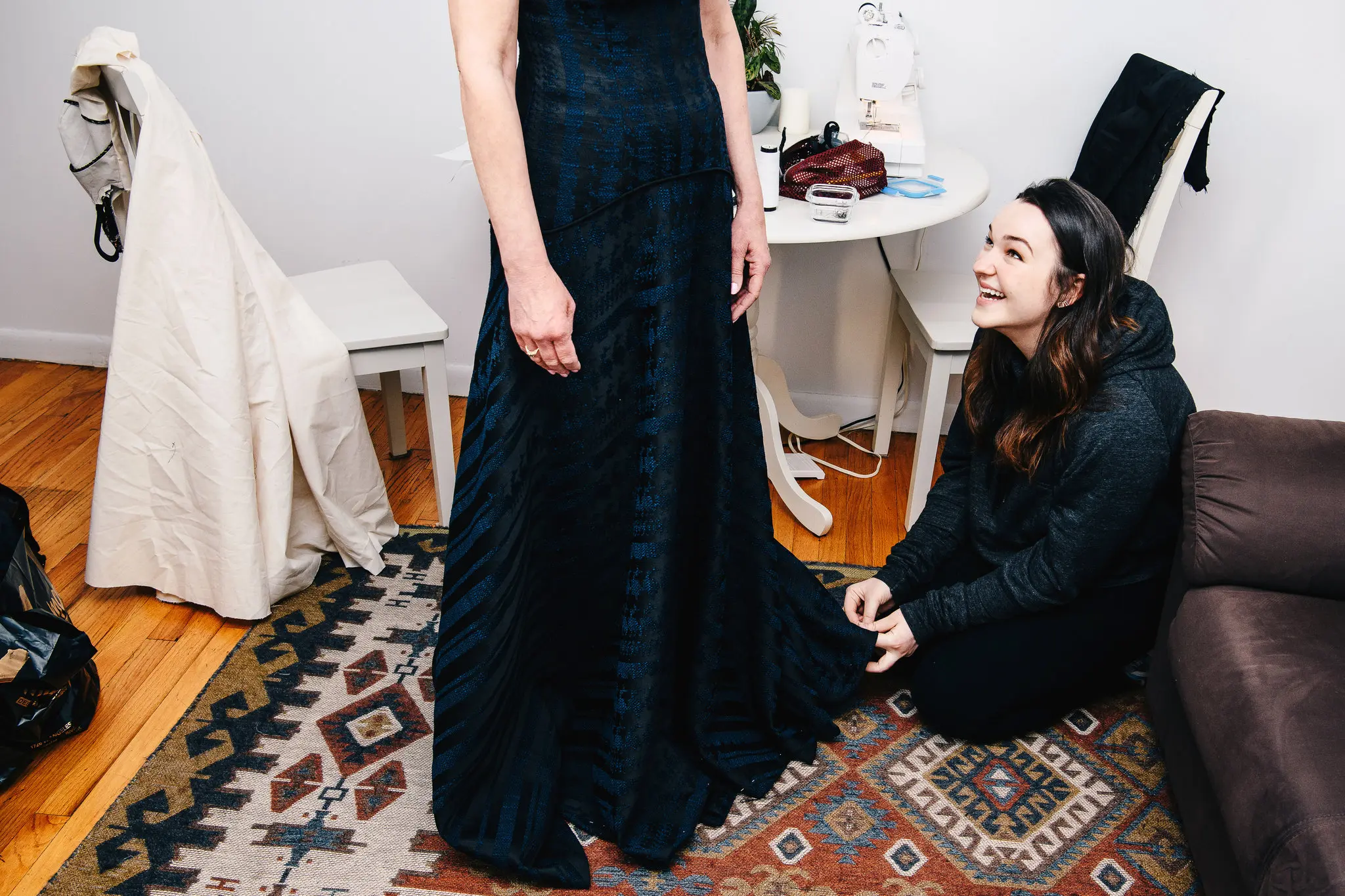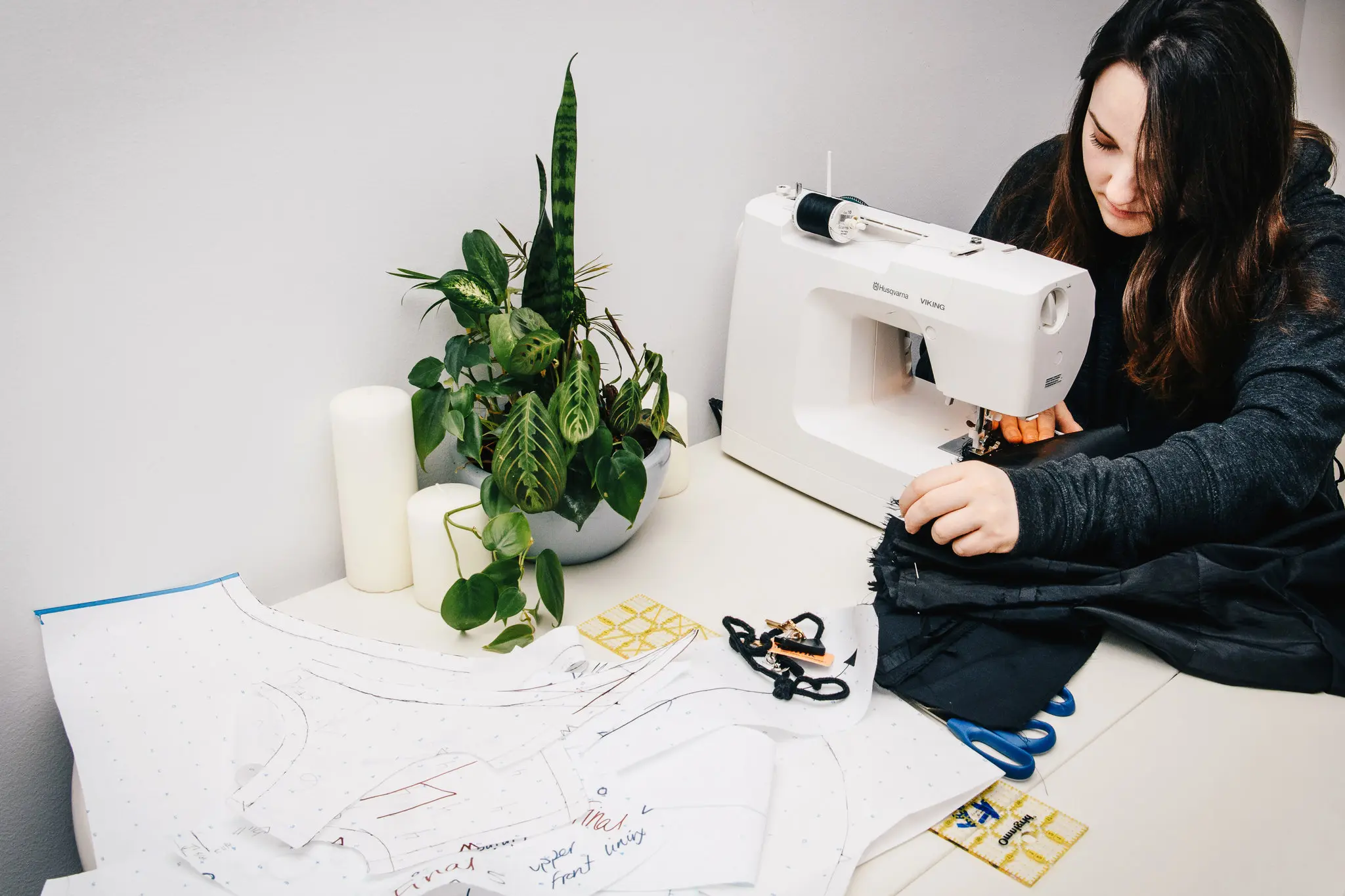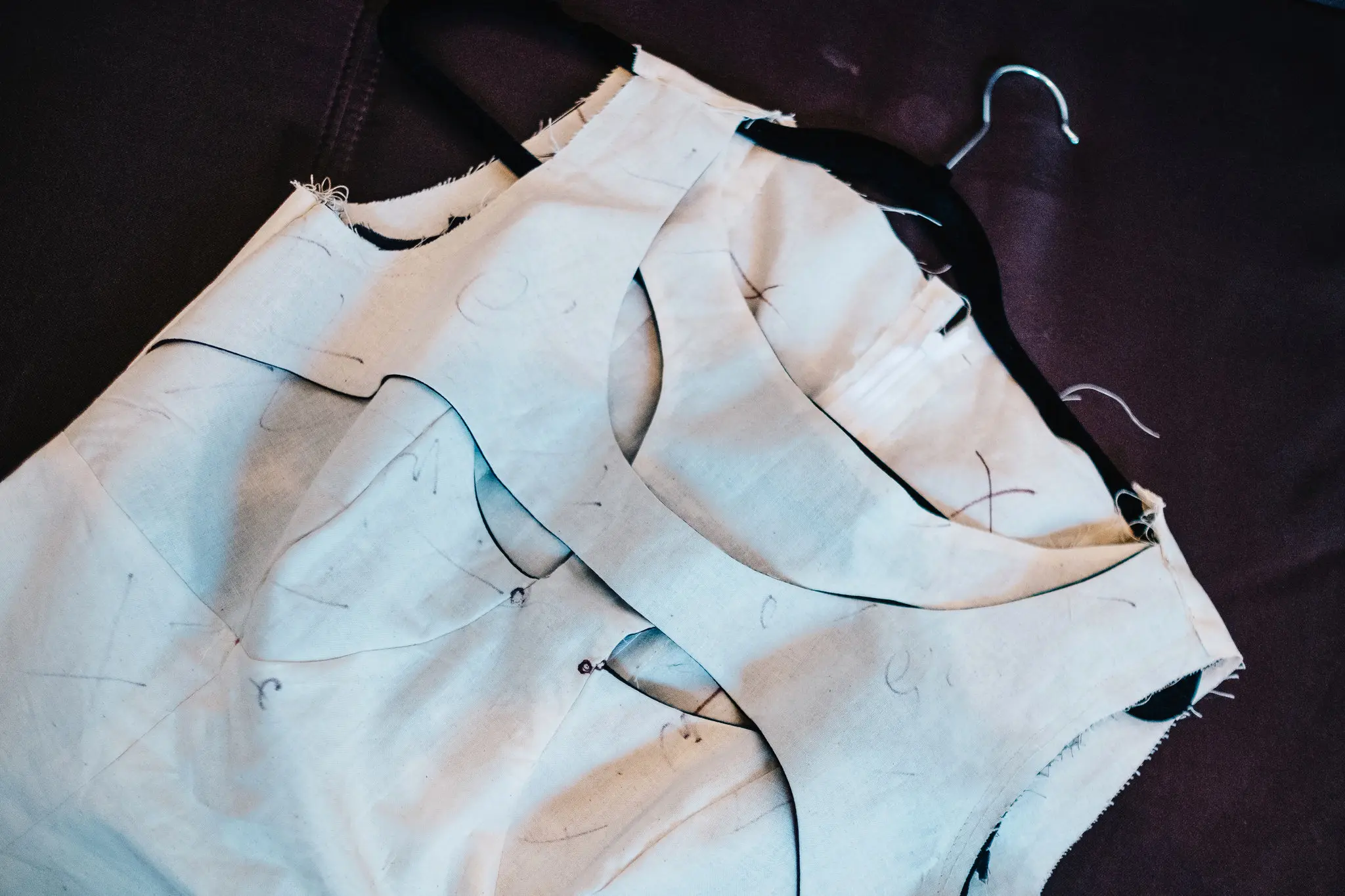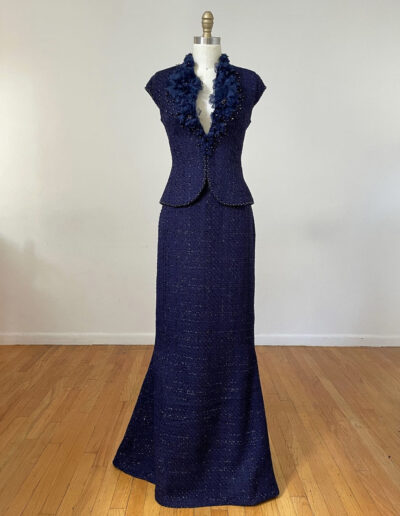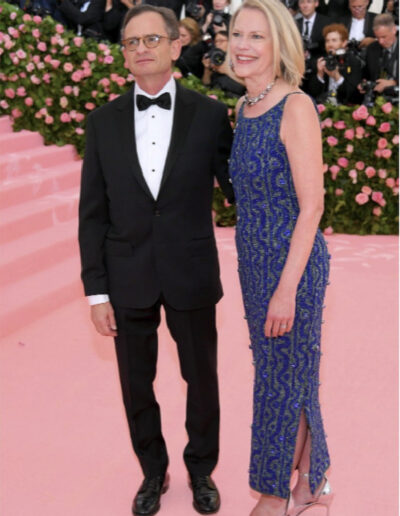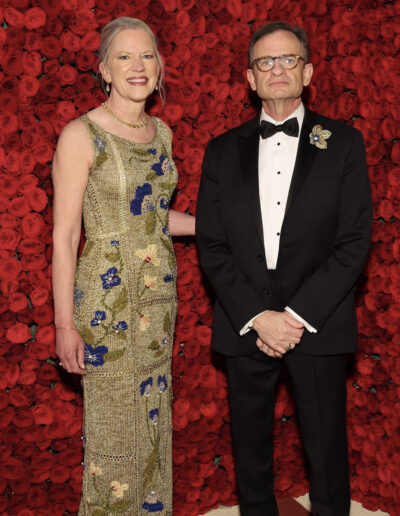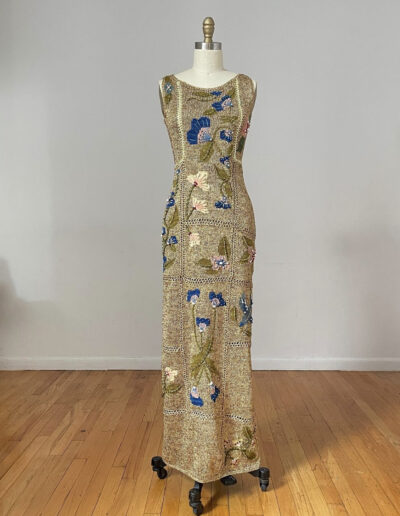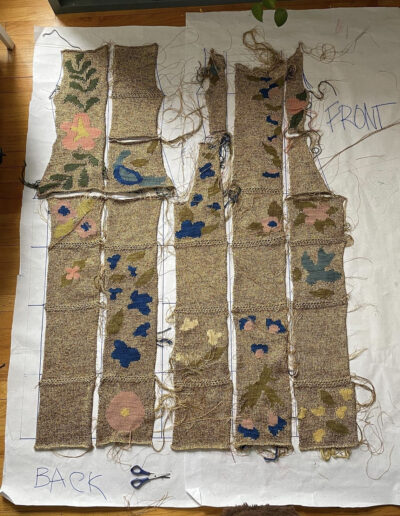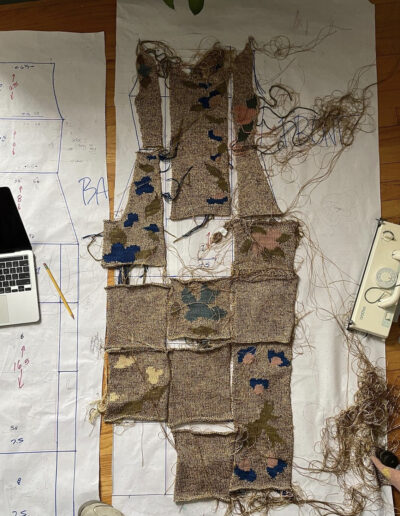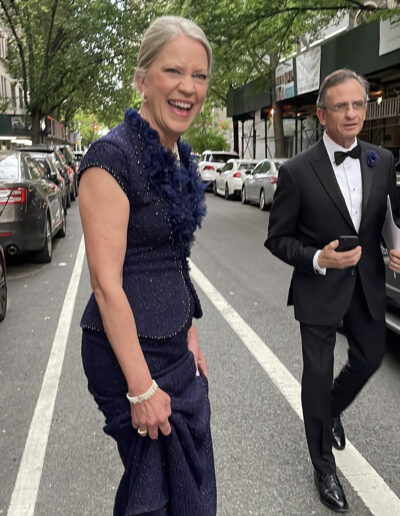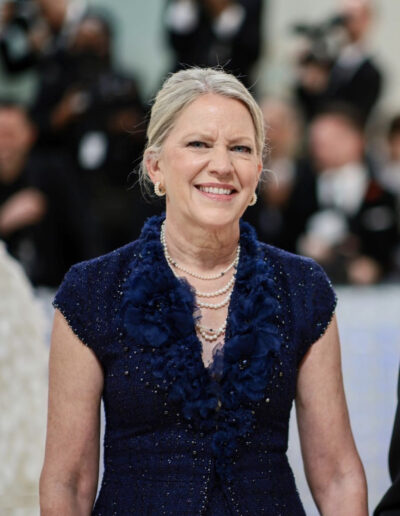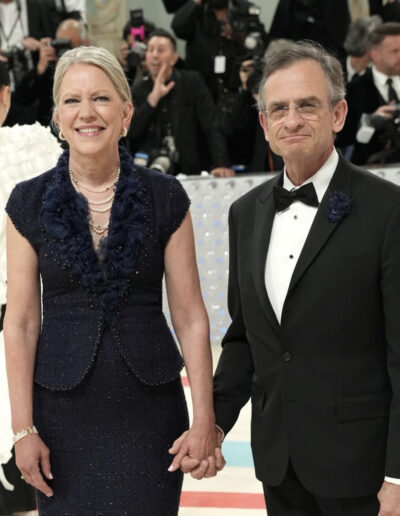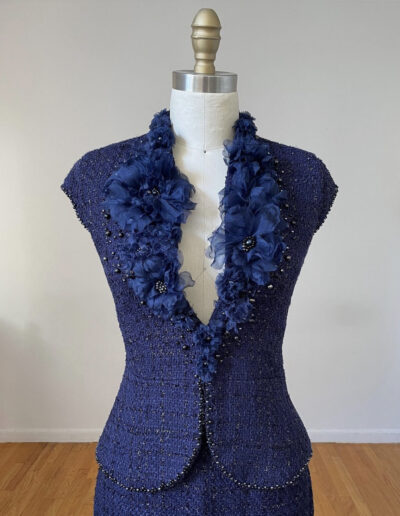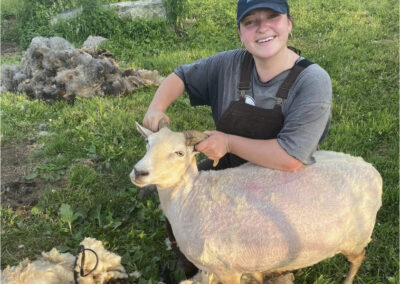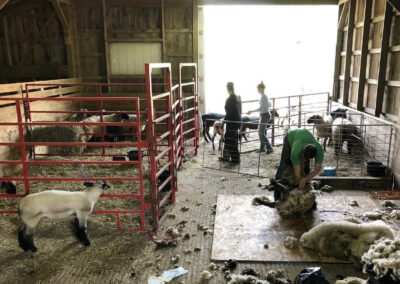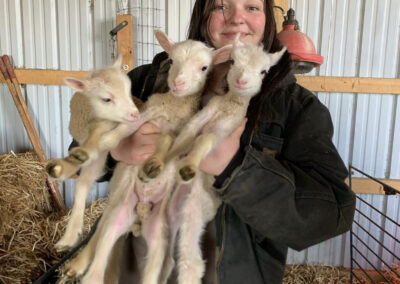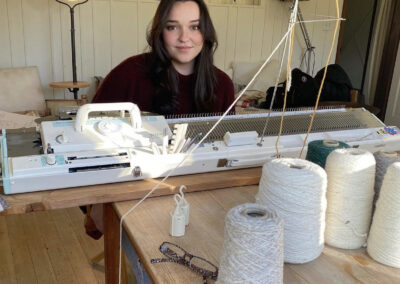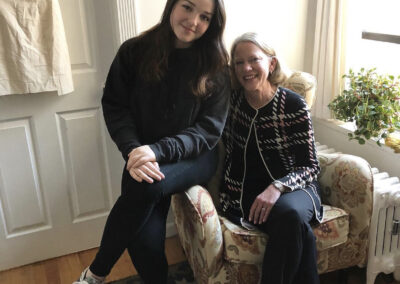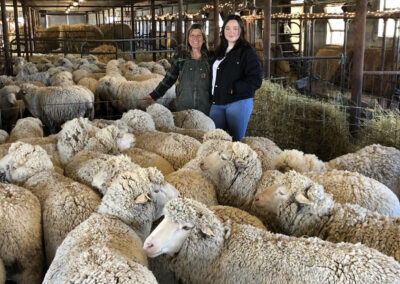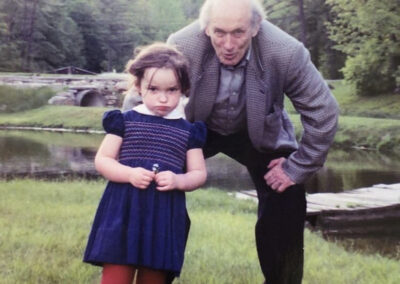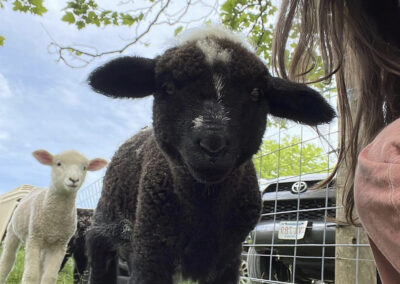Unveiling Tomorrow's Icons
Designer Katya Ekimian’s Journey from Student to the Met Gala’s Red-Carpet
Odds are you can’t recall where you were on the first Monday of May at 19 years old. But fashion designer Katya Ekimian can break that day down to the minute. It started with her climbing out of bed, overwhelmed with nerves and anxiety, and immediately throwing up.
The year was 2019. Katya, a sophomore design student at Parsons in New York, was solely responsible for the design, fit, and performance of the dress Sandra Weiss, wife of The Metropolitan Museum of Art President, Daniel Weiss, would wear while stepping onto the red carpet at the Met Gala.
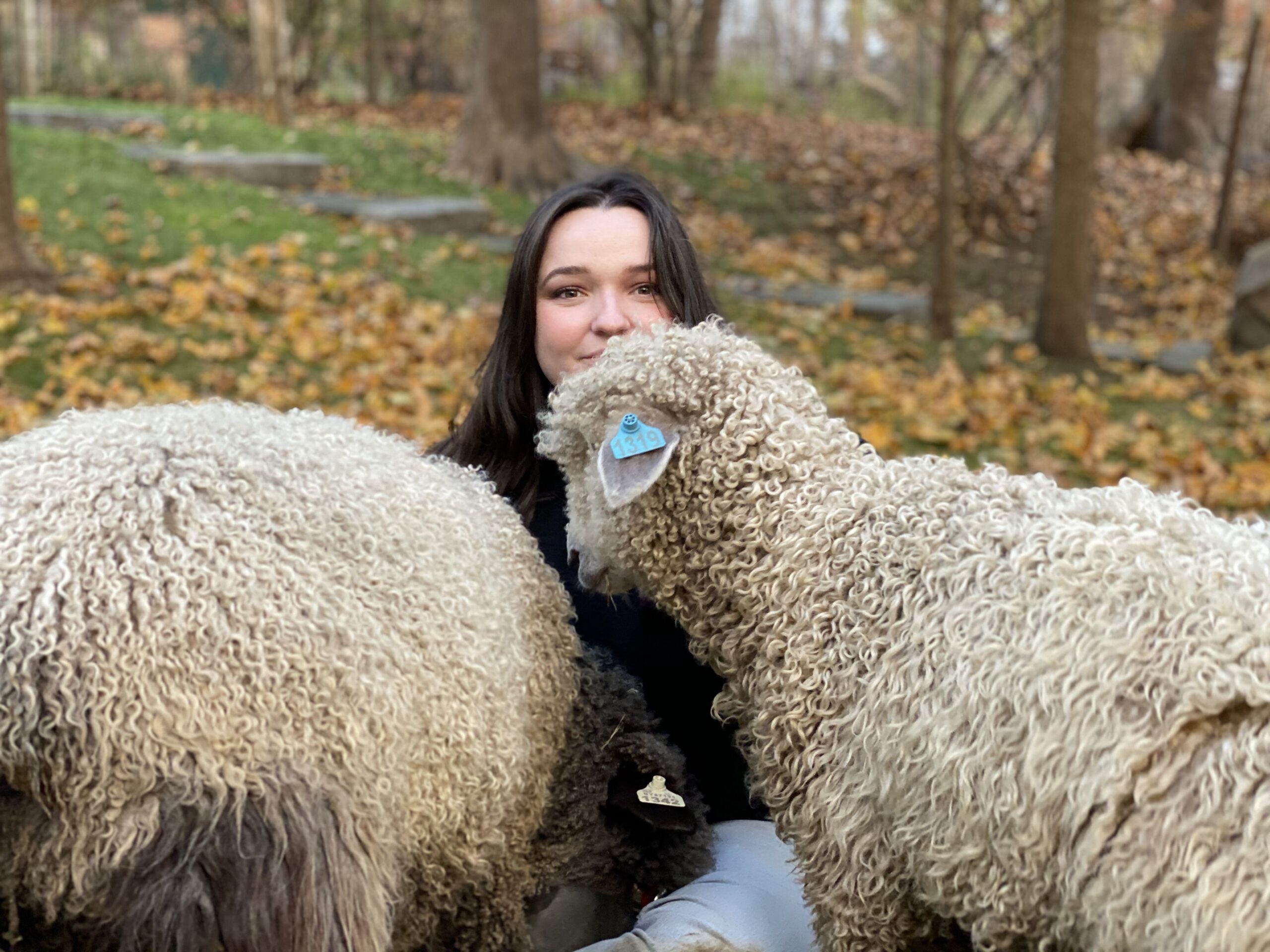
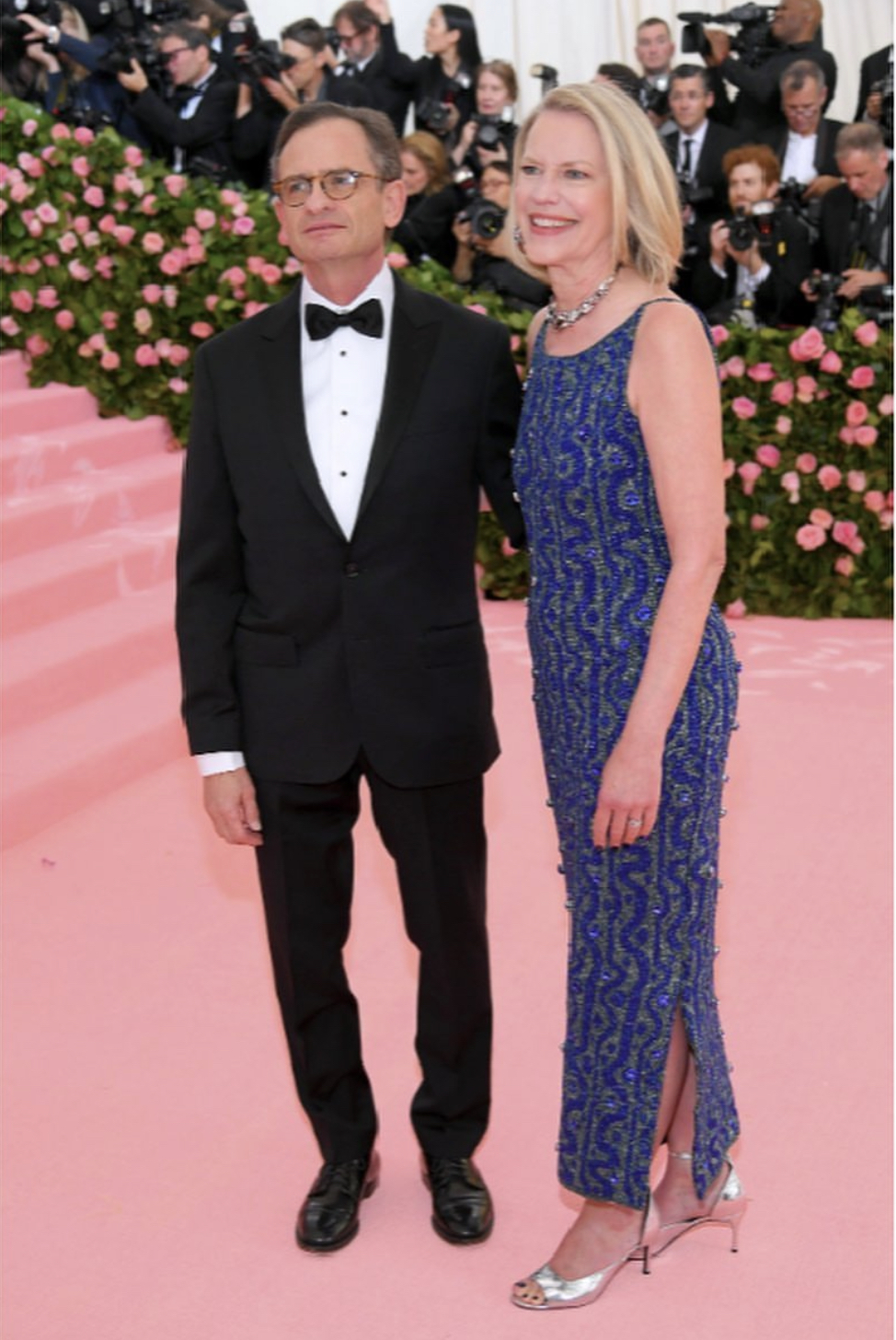
The MET Gala: The Superbowl of Fashion
The Biggest of Big Moments
For those unfamiliar with fashion, let’s put things into perspective: the Met Gala is the Super Bowl of fashion. Its red carpet is a runway of A-list actors, musicians, athletes, and the crème de la crème of high society coming together to raise funds for The Metropolitan Museum of Art’s Costume Institute.
This entirely bespoke fundraiser has been the pinnacle of fashion moments since 1948. A single ticket starts at approximately $75,000, while a table for ten starts at $350,000. The event commands a $3.5 million production budget and is estimated to bring in eight-figure donations. At the heart of the event is the red carpet—a spectacle that begins when the first guest arrives at 5:30 pm and continues until the last A-lister has made their entrance.
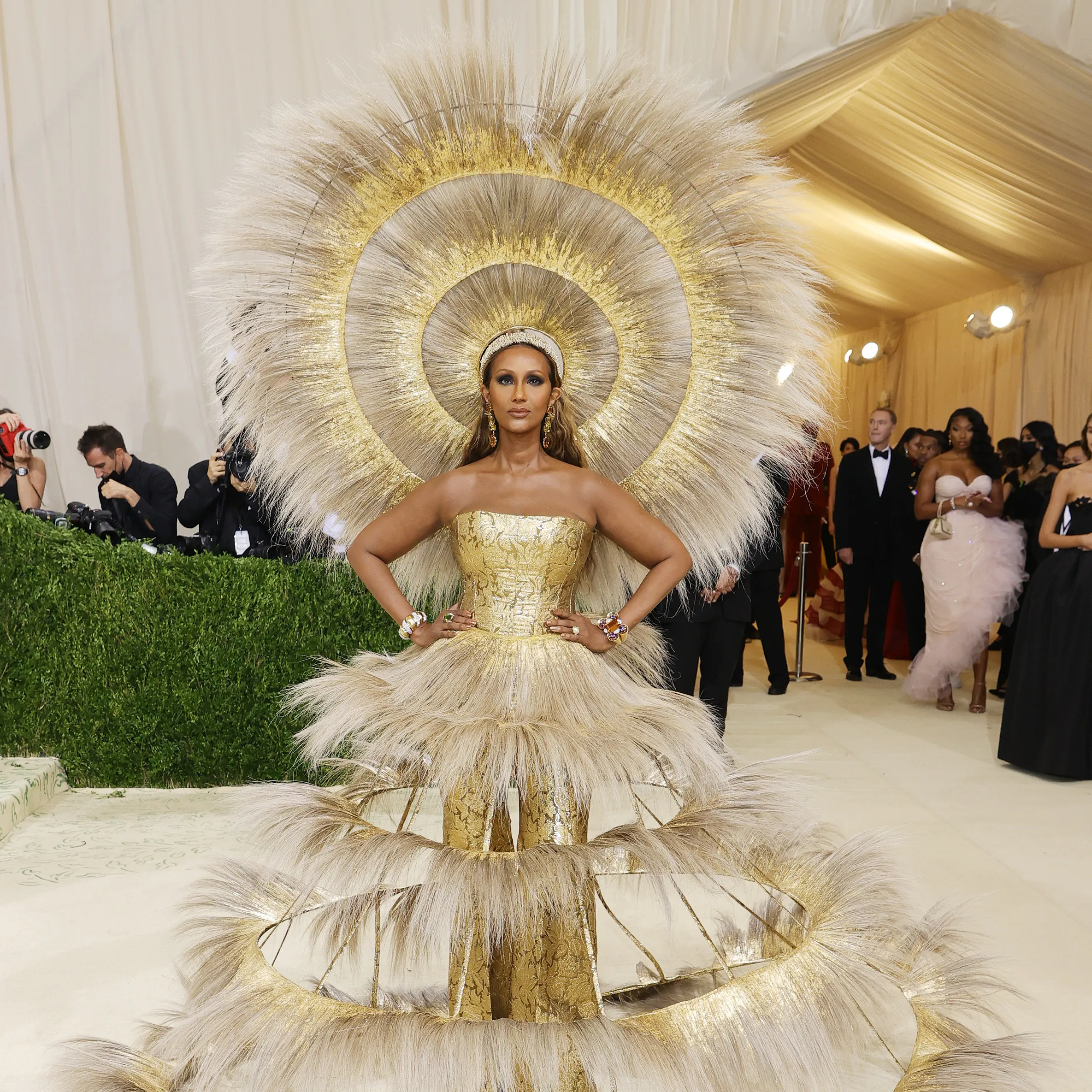
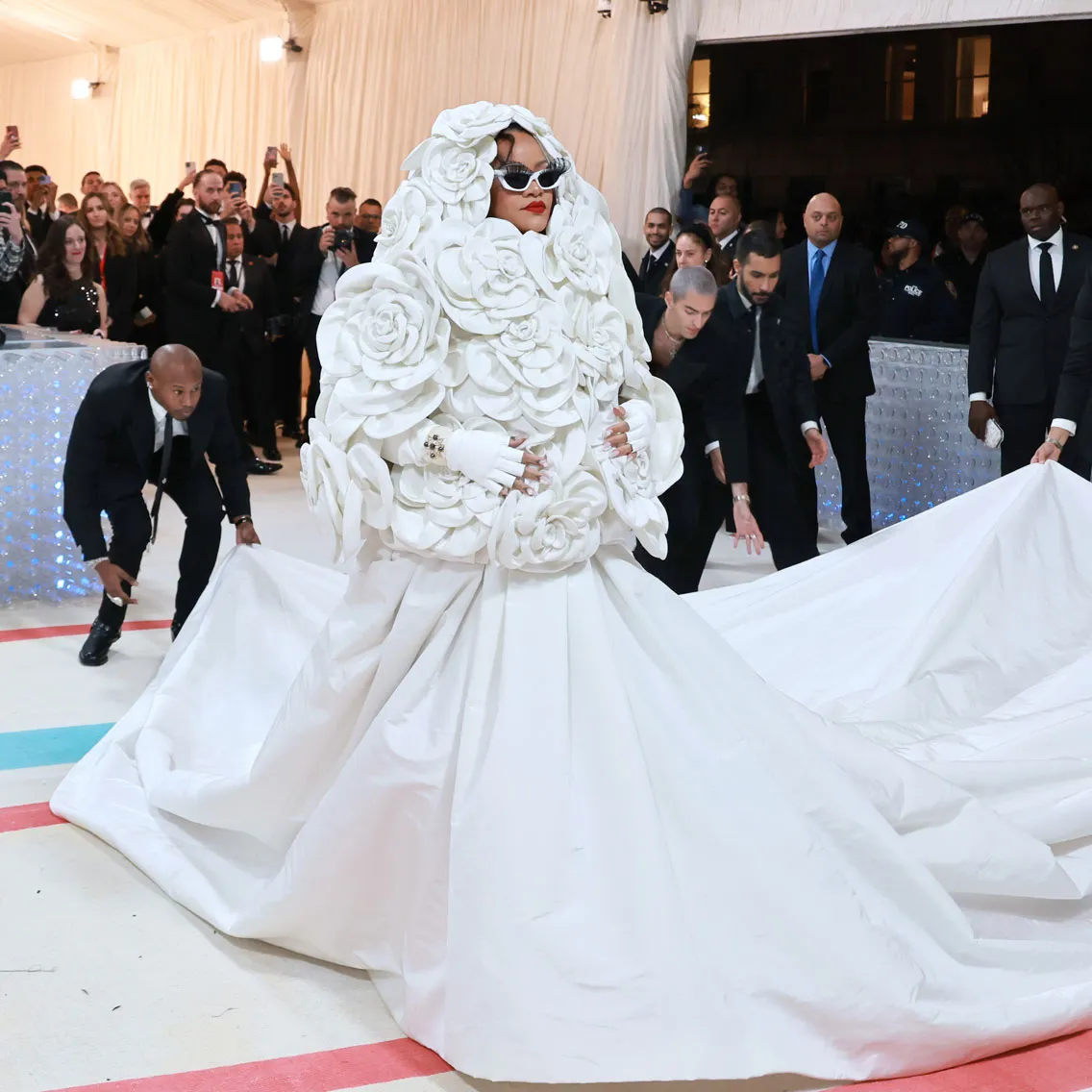

Historic Met Gala looks from Harris Reed, Dolce & Gabbana, Valentino, and Versace.
It’s a whirlwind of bodyguards, assistants, and a Fourth of July’s worth of flashbulbs as the fashion elite emerge in a sensory overload of extravagant outfits. Despite months of preparation, Katya had every reason to be nervous. The youngest starting quarterback to ever appear at the Super Bowl was 23-year-old Dolphins quarterback and future Hall of Famer Dan Marino. He had four years on Katya. He probably threw up too.
After his first appearance, Marino never returned to the Super Bowl. But for Katya, it was different. Still a student, her unique hand-knit wool gowns returned to the red carpet of the Met Gala each year for the next four years.
A Couture Collaboration
When asked about the experience, especially her first Met Gala appearance, she’s quick to divert the credit from herself. “I didn’t create the first Met dress,” she says. “It was a creative collaboration between my client Sandra, and me.”
Katya describes the relationship as a fortunate collaboration. “From day one, we were open and honest with each other,” she explains. She started by drawing up more than ten designs and stayed flexible throughout the process. “I had strong opinions, but I tried to remember that this was her moment, so we talked about colors, parts, and pieces from each drawing.” Confident in her designs but cautious with her presentation, Katya focused on listening carefully. Over time, she learned to read her client’s expressions, looking for the telltale smile that signaled enthusiasm.
“I could not have asked for a more amazing client,” Katya says. “Sandra was fully engaged, collaborative, supportive, and enthusiastic rather than managerial or demanding. She even went fabric shopping with me in the Garment District in the heart of Midtown Manhattan. It was such a lovely experience. Each year, for five years, we would approach the theme for her dress together.” And each year, for five years, Katya hand knit each of Sandra’s dresses using wool.
On the day of the first Met Gala, Katya’s nerves were over the moon, but she refers to it as a tough-love moment. Initially, she felt the whole world was scrutinizing her work for imperfections. A friend offered some tough but sensible advice, reminding Katya that nobody knew who she was and that the Gala wasn’t about her. “The pressure was really on Sandra, who had to walk the carpet and face all those cameras,” she reflects.
Sandra’s husband, Daniel, also helped put things into perspective. Despite being a prominent figure and doing his part to look brilliant each year, he told Katya, “I could show up naked with a bow tie, and nobody would care.” Dan’s humility and confidence helped Katya let go of much of her anxiety.
Katya’s own humility is surprising, considering her accomplishments. In a matter-of-fact tone, she explains that while she has five appearances at the world’s premier fashion event, she considers herself a “nobody.” In her signature candid style, she says, “Look, the truth is people are bending their necks to see what Beyoncé or Rihanna are wearing. So, as I moved forward from my first red carpet dress, I was able to have more fun, be passionate, and enjoy seeing my work alongside the world’s top designers.”
Explore historic met gala looks by katya
Hard Lessons
For those of us who struggle just looking at our closet every morning, how does a designer know when a creation is red-carpet worthy? For Katya, the answer lies in passion. “When I start feeling fully passionate about what I’m making, that’s when I know it’s special,” she explains. “It’s something you can’t stop talking about. You enjoy every aspect—from the drawings to the knitting—and suddenly, you’re proud enough to share it.”
This meticulous process typically spans about a month, from initial design to final fitting. Katya recalls one of her standout creations, a gold dress made from 26 knitted panels, each featuring different designs and embroidery, all crocheted together. “When my close friend came to visit, she thought I looked deranged,” Katya laughs. “I needed some green beads on a Friday night, but the store was closed, so I had been hard at work hand-coloring a mountain of pink beads with a green Sharpie.”
Designers are often drawn to wool for its color, vibrancy, and drape. For Katya, wool is the key ingredient in all five of her MET Gala dresses. “I’ve always loved wool. When I started knitting, I realized it would hold its shape and stretch, making it perfect for a gown,” she says. “I wanted to highlight American fashion and use American-made materials. Friends of mine produce wool yarns in various weights and dyes, and I wanted to incorporate that into my designs.”
Katya’s commitment to wool extends beyond its physical properties. “Whenever I design a garment, I prefer to use wool that can be traced back to its origin. This allows me to draw design aesthetics from that place. That exploration might lead to a specific pattern, color, or subtle hint that I enjoy incorporating into my design practice.”
In a world where fast fashion often dominates, Katya’s dedication to thoughtful, passionate creation stands out. Her journey from initial inspiration to red-carpet debut is a testament to the power of meticulous craftsmanship and a deep connection to the materials she loves.
A Shift Toward Sustainability and Investment Pieces
Katya, who is currently working in a bespoke atelier, shares her observations on the streets of Manhattan, painting a vivid picture of a fashion world in transition. “Within the community in New York City, there is a significant move toward slow, ethical, higher-cost items,” she notes. “We are seeing a shift toward investment pieces. People are starting to want something that holds up and is not part of global fast fashion.”
This shift reflects a growing dissatisfaction with the rapid churn of styles produced by massive brands. “The big brands are churning out new styles every week—some of it is barely wearable,” Katya explains. “The trend cycle is incredibly short, not just for styles like flared pants but also for specific brands or items like Adidas Sambas. It’s already fading, but just a few months ago, you couldn’t walk a block without seeing them.”
Katya also highlights a post-COVID phenomenon where lower Manhattan influencers and college students donned over the top and poorly made party outfits, clearly intended for one-time use. “That sense of disposable consumerism really bummed me out,” she admits. “The people in my circle aren’t consuming as much. I hope we will see more of that.”
In this evolving landscape, the leaders of change are those who prioritize quality and sustainability over fleeting trends. Katya’s experiences and observations suggest a promising future where fashion enthusiasts increasingly value enduring, ethically produced pieces. This evolution is driven by a collective desire to invest in items that offer longevity and integrity, marking a hopeful shift away from the relentless pace of fast fashion.
From Raw Material to Finished Fashion
As someone deeply immersed in the elite world of haute couture, Katya is also intimately familiar with the humble, down-and-dirty workings of a sheep farm. Her unique experiences bridge the gap between the glamorous runways and the rustic charm of wool production.
“One summer after my freshman year, I wanted to escape the city. I’ve always felt a connection to wool, so I started Googling and cold-calling family-owned farms, asking if they needed a nanny or cook—anything, because I wanted to learn more about sheep,” Katya recounts.
Despite many polite rejections, the Allen Farm on Martha’s Vineyard welcomed her. “The farm and the amazing people running it have been there since 1872. It’s a 100-acre farm that stretches to the ocean. I arrived in May, right in the middle of shearing season, and met Andy Rice, a shearer from Vermont. I started with simple tasks like trimming hooves, but soon, I was following Andy to different farms, assisting him.”
Her initiation into shearing was both challenging and memorable. “One day, we were at a dairy farm that had a few sheep. The farmer agreed to let me try shearing a massive ram. Halfway through, I lost my grip, and there was this half-naked ram running around. But we got him back, and I finished my first sheep. After that, I was hooked. There was just something about wool and sheep ranching that resonated with me.”
Returning to school in the fall, Katya’s passion for wool shaped her design practice. “For my thesis, I started making my own yarn. I got involved with the Livestock Conservancy, a fantastic organization in North Carolina that works with farmers to preserve heritage breeds. I focused on wool from endangered breeds like the Santa Cruz sheep, known for their wonderful elasticity, and the Gulf Coast Native sheep, which have adapted to humid environments with shorter, more elastic wool.”
Understanding the unique qualities of these wools, often overlooked due to their unconventional characteristics, Katya set out to create garments that honored these rare fibers. “Most people don’t like their wool because it’s not a long staple or a fine micron, so they don’t breed them. I wanted to focus on these animals and make garments that were suitable for their specific type of wool. From tracksuits to outerwear, I picked nine yarns and paired them with different types of people, like a rapper or an athlete, to highlight the versatility and beauty of these unique fibers.”
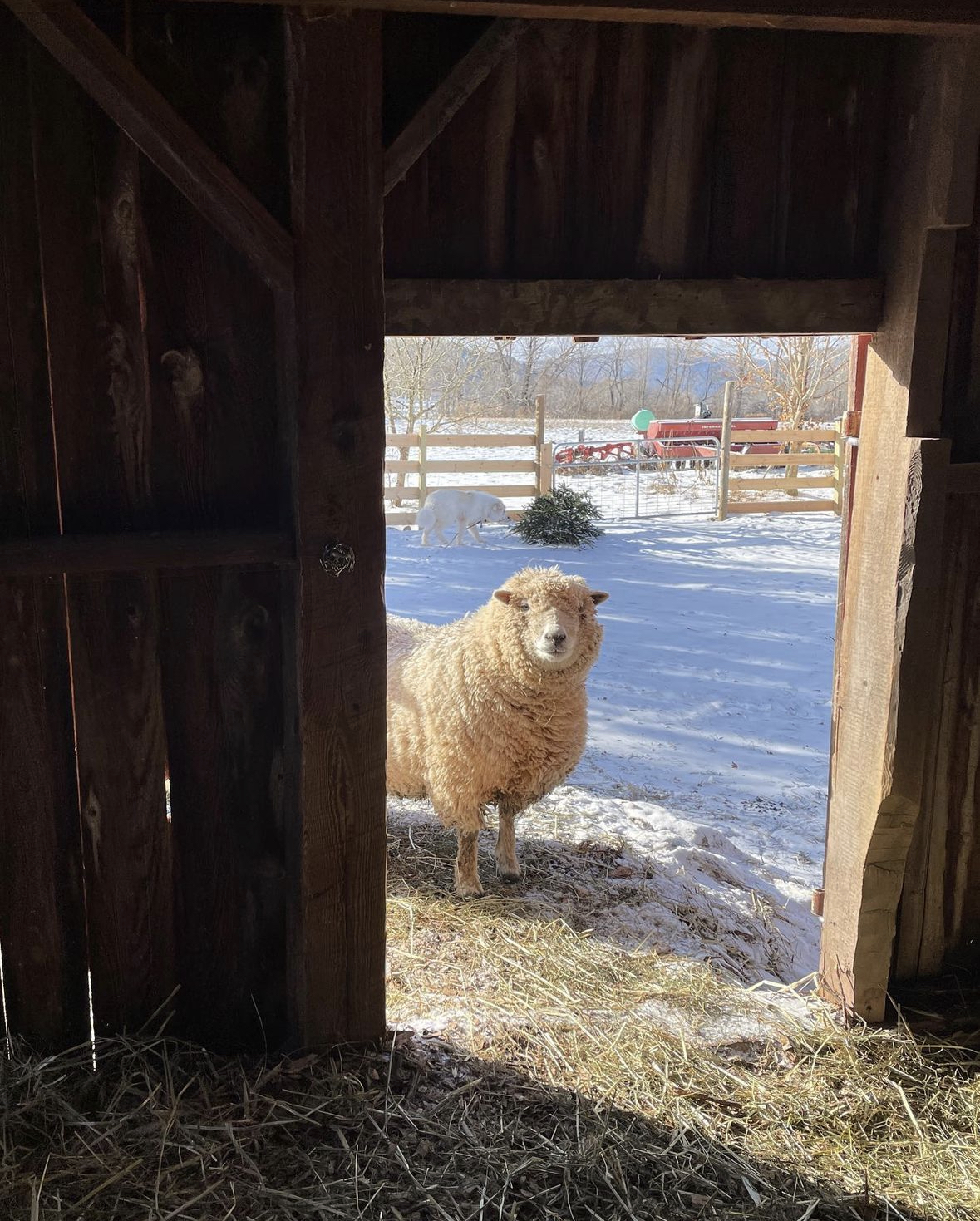
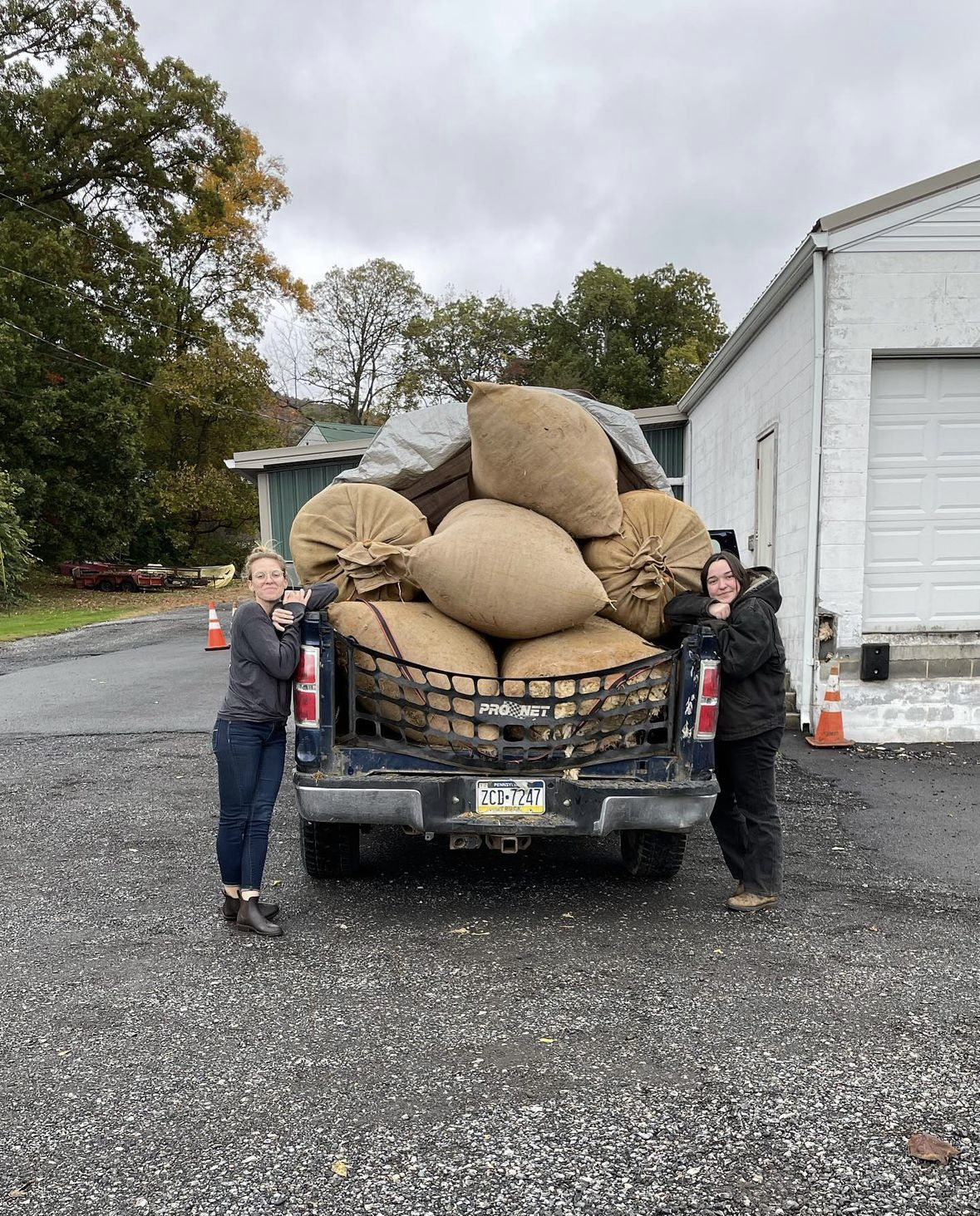
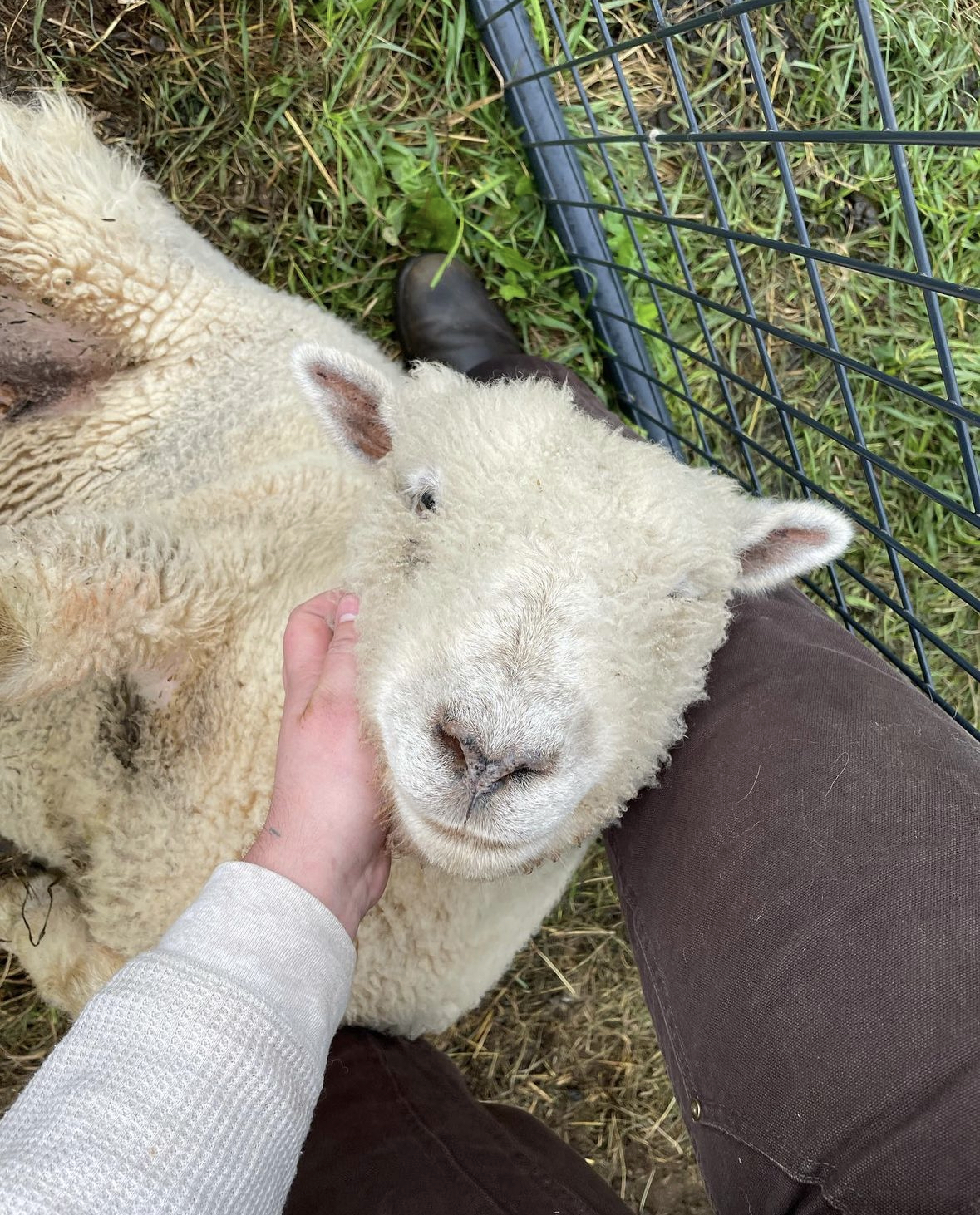
The False Wool Controversy: A Closer Look at Ethical Fashion
Last season, PETA took to the streets outside Spring Studios—the heart of New York Fashion Week’s activities—to call on fashionistas to ditch wool, urging them to view sheep as individuals rather than fashion accessories. However, Katya, who is an advocate for the Livestock Conservancy and traditional farming practices, believes these messages mislead young designers and fashion fans about the realities of wool production in North America.
“What is PETA’s realistic request? Do they want us to never shear a sheep again?” Katya asks pointedly. She is quick to highlight that they neglect to mention that sheep have been domesticated for thousands of years and no longer naturally shed their wool. Without shearing, sheep can become very ill, go blind, and eventually die in misery. Ironically, the only way to stop shearing sheep would be to exterminate millions of them.
“What they’re hoping is that people who are uneducated will immediately be repulsed and react by rejecting any use of animal products,” says Katya. “That’s not only inaccurate, it encourages inexperienced designers, consumers, and models to think they are being kind to animals by relying on plastics. That’s a whole other moral and ethical suitcase to unpack.”
Their marketing preys on the notion that people will take the seemingly easy option. However, Katya has educated herself extensively on the topic. “I’ve worked on a sheep ranch and actually learned how to shear sheep and can tell you that animal health, welfare, and protection are taken very seriously on sheep ranches across America,” she says. Katya hopes that more designers and models who participate in sensationalist and shock campaigns will do the critical thinking and research necessary to reach a more accurate conclusion about the wool industry.
“I’ve gotten hate comments from some random person who thinks working with wool is animal abuse. Even at Parsons, a lot of students didn’t know that wool came from sheep.” In a fashion world increasingly focused on sustainability and ethics, it’s essential for both designers and consumers to base their choices on comprehensive knowledge and understanding.
Embracing Ethical Elegance: Katya’s Tips for Designers and Fashion Fans
As the fashion industry faces increasing scrutiny over its environmental impact, designers and fashion enthusiasts alike are seeking ways to make more ethical, sustainable choices. Katya offered three fundamental tips for those in the design world looking to create a greener future and for fashion lovers aiming to build a more responsible wardrobe.
For Designers: Crafting with Conscience
Source Locally and Transparently:
Source Locally and Transparently: When you can, embrace the power of community by sourcing materials from local farms and yarn mills. This not only supports regional economies but also ensures a transparent supply chain. If you can’t buy local, make an effort to know who produces your materials. This helps forge meaningful connections and contribute to a more sustainable ecosystem. Google American yarn mills and make them part of your extended design family.
Prioritize Natural Fibers
Synthetic fibers have their uses, but natural fibers stand out for their environmental benefits and superior qualities. When you can, opt for materials like organic cotton, linen, and wool, which are biodegradable and often produced with fewer chemicals. Natural fibers not only enhance the wearability and comfort of your designs but are also earth-friendly.
Design for Longevity
Sustainability is not just about the materials you use but also about how long your designs will last. Focus on creating timeless pieces that endure beyond fleeting trends. Consider the aesthetic appeal and but also the durability of your garments, ensuring they remain stylish and functional season after season. By designing for longevity, you contribute to a culture of slow fashion that values quality over quantity.
For Fashion Fans: Curating a Conscious Closet
Understand Manufacturing
To make informed choices, it’s important to understand the basics of how clothing is made. Just like knowing how to cook enriches your appreciation of food, understanding garment production helps you make better decisions about what you wear. Learn about different fabrics, their sources, and the processes behind your favorite pieces.
Buy What Reflects You
Fashion should be a reflection of your personal style, not a chase after the latest trends. Invest in pieces that vibe with you and complement your lifestyle. This mindful approach leads to a more cohesive wardrobe and also reduces the impulse to buy fast fashion items.
Seek Quality Over Quantity
Embrace the ethos of slow fashion by prioritizing quality over quantity. Look for well-made garments that will stand the test of time, both in terms of style and durability. This shift not only supports sustainable practices but also fosters a deeper connection with the items you choose to wear.

